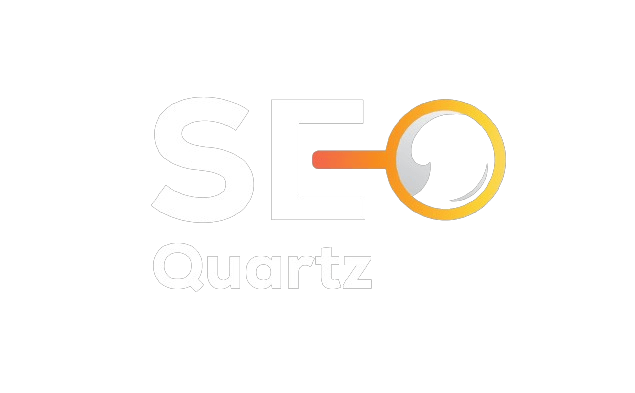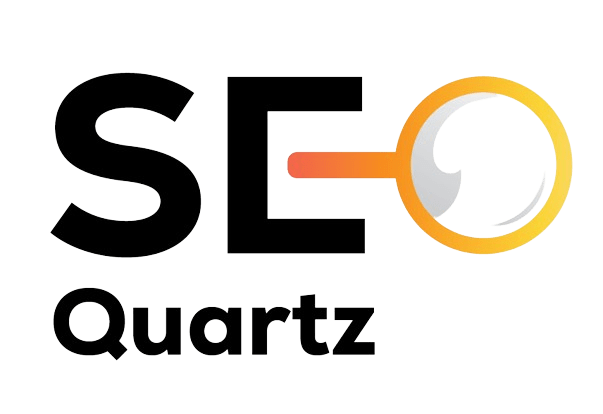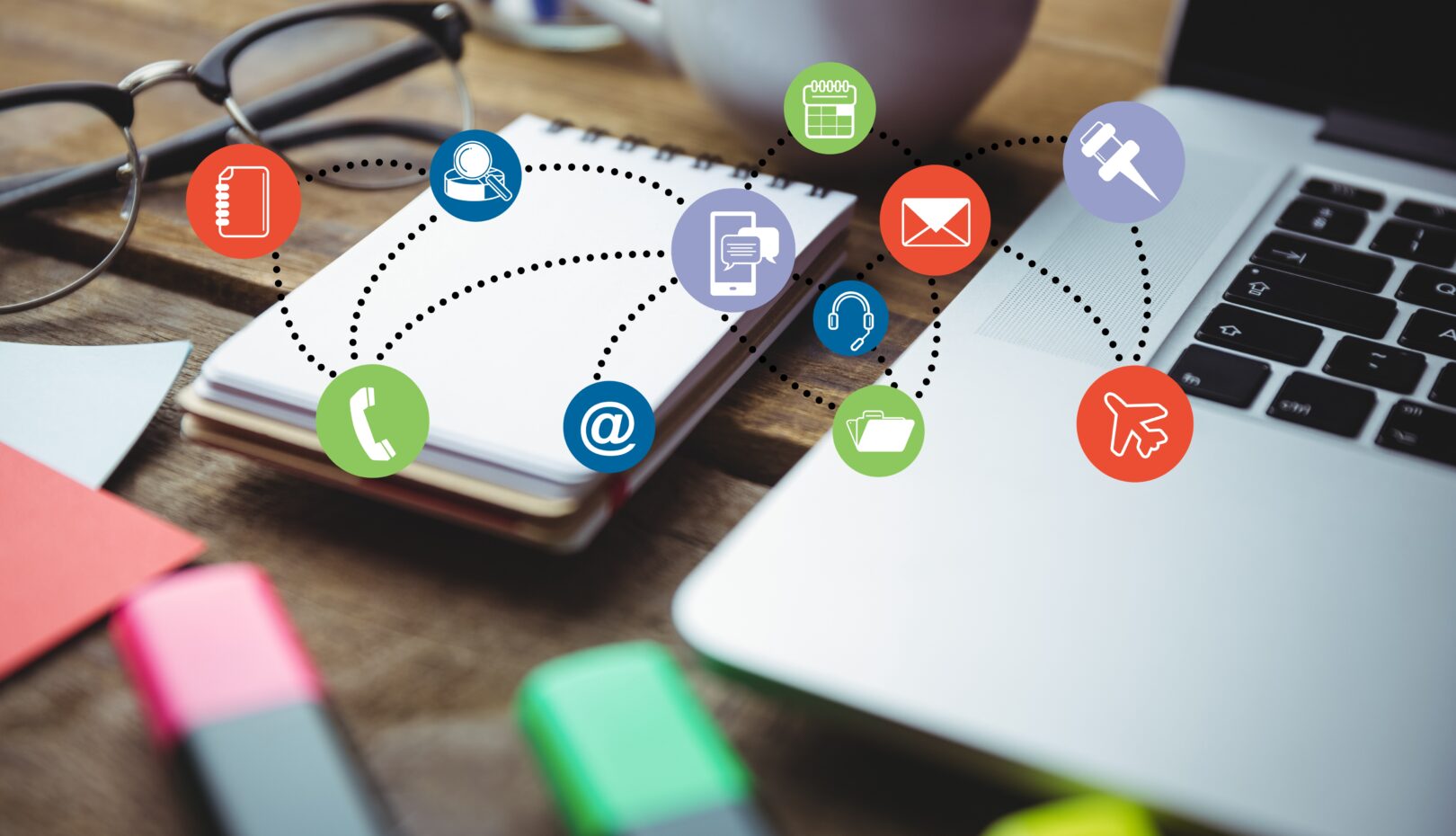How to Optimize for Google Maps & Local Packs in a Voice-First World
How Predictive Analytics Is Transforming Customer Behavior Insights in 2025
In today’s fast-paced digital landscape, businesses are constantly seeking a competitive edge. As we enter deeper into 2025, predictive analytics has emerged as one of the most transformative tools in understanding and forecasting customer behavior insights. From personalized marketing to real-time decision-making, predictive analytics is redefining how brands connect with their customers. In this blog, we’ll explore how this is evolving, its impact on customer behavior insights, and what small and large businesses need to know to stay ahead.
What Is Predictive Analytics?
Predictive analytics refers to the use of data, statistical algorithms, and machine learning techniques to identify the likelihood of future outcomes based on historical data. It doesn’t just tell you what happened or why—it tells you what’s likely to happen next.
In the context of customer behavior, predictive analytics helps businesses anticipate:
- Future purchasing patterns
- Churn probability
- Customer lifetime value (CLV)
- Preferred communication channels
- Content preferences
Why Predictive Analytics Matters in 2025
In 2025, consumer expectations are at an all-time high. With AI-powered tools and hyper-personalization becoming the norm, customers demand experiences that are timely, relevant, and personalized. Predictive analytics bridges the gap between raw data and meaningful action.
Key 2025 Trends Driving Predictive Analytics:
- Generative AI integration in CRM tools
- Real-time behavioral tracking via first-party data
- Privacy-compliant personalization using cookieless tracking
- Voice search and NLP trends for better customer query understanding
How Predictive Analytics Enhances Customer Behavior Insights
Improved Customer Segmentation
Gone are the days of broad demographics. With predictive analytics, businesses can segment customers based on behavioral data such as browsing habits, time spent on site, interaction history, and more.
- Dynamic personas are created based on predicted future behaviors.
- Segmentation helps in targeting specific groups with tailored messaging.
Personalized Product Recommendations
Think Amazon-style product suggestions—but smarter. By analyzing past interactions and similar user patterns, brands can offer hyper-relevant products or services in real time.
Churn Prediction and Retention
With advanced modeling, businesses can spot early signs of customer churn and deploy preventive measures—such as targeted offers, surveys, or support.
Customer Journey Optimization
Predictive analytics identifies weak touchpoints in the customer journey and helps streamline conversion paths.
Example:
If data shows users often abandon carts on mobile after viewing shipping costs, predictive insights can prompt free shipping banners earlier in the mobile experience.
Content and Channel Preferences
By studying consumption patterns, businesses can predict:
- Best time to send emails or push notifications
- Preferred content formats (e.g., blog vs. video)
- Platforms that drive conversions (e.g., Instagram vs. email)
Tools Powering Predictive Analytics in 2025
- Google Cloud AI & Vertex AI – for robust model deployment
- Salesforce Einstein – AI-driven CRM predictions
- HubSpot with predictive lead scoring
- Tableau & Power BI – for visualizing predictive models
- Custom Python/R Models – for advanced in-house analytics
Use Cases of Predictive Analytics Across Industries
Retail:
Forecast product demand, optimize inventory, and increase cross-sell opportunities.
Finance:
Detect fraudulent behavior, forecast credit risk, and improve customer service personalization.
Healthcare:
Predict patient readmission rates, personalize treatment plans, and manage staffing needs.
E-commerce:
Boost conversion rates, reduce return rates, and improve ad spend efficiency.
Predictive Analytics vs. Traditional Analytics
| Feature | Traditional Analytics | Predictive Analytics |
| Focus | What happened | What will likely happen |
| Data Usage | Historical data | Historical + Real-time + AI |
| Goal | Reporting | Forecasting & Decision Support |
| Interactivity | Static dashboards | Real-time insights & automation |
The Future of Predictive Analytics & AI in Customer Behavior
In 2025 and beyond, we’re seeing a merging of predictive analytics and AI-powered decision engines. These systems not only forecast outcomes but also automate actions—think AI chatbots adjusting tone based on predicted customer mood or ecommerce platforms adjusting prices dynamically.
Behavioral AI is emerging as a subfield, allowing businesses to go beyond predicting what a user will do and diving into why they might do it.
Tips for Implementing Predictive Analytics in Your Business
Start with clean, quality data – Garbage in, garbage out.
Invest in AI-ready tools – Choose platforms with integrated predictive capabilities.
Build cross-functional teams – Blend data scientists with marketing & sales for maximum impact.
Test and iterate – Start with small models and scale based on success.
Prioritize customer privacy – Stay compliant with GDPR, CCPA, and other data regulations.
Final Thoughts
In 2025, predictive analytics is no longer a luxury—it’s a necessity for businesses that want to stay competitive. Whether you’re a startup, a growing e-commerce brand, or an enterprise, unlocking deeper customer behavior insights with predictive analytics can lead to smarter decisions, improved ROI, and long-term growth.
At SEO Quartz, we help businesses integrate data-driven strategies that align with today’s AI-powered landscape. If you’re ready to transform your Digital marketing using predictive analytics, we’re here to help.
FAQs
What is predictive analytics in customer behavior?
Customer behavior refers to the use of data, statistical algorithms, and AI to forecast how customers are likely to act in the future. This includes predicting purchases, churn, content engagement, and preferences based on past behaviors and patterns.
How is predictive analytics different from traditional analytics?
Traditional analytics looks at past performance to explain what happened, while predictive analytics uses data and AI to forecast what is likely to happen next. It enables proactive strategies instead of reactive responses.
Can small businesses benefit from predictive analytics?
Absolutely. Small businesses can use predictive tools to optimize marketing, personalize experiences, forecast sales, and improve retention. Many platforms like HubSpot and Google Analytics now offer built-in predictive features accessible to smaller teams.
What are the risks of using predictive analytics?
The main risks include relying on poor-quality data, overfitting models, and misinterpreting predictions. It’s also critical to ensure privacy compliance when using customer data. With the right tools and strategy, these risks can be managed effectively.
 info@seoquartz.co
info@seoquartz.co
 +1 (276) 739-9962
+1 (276) 739-9962










